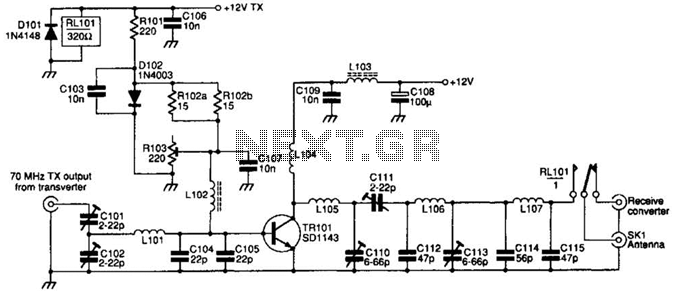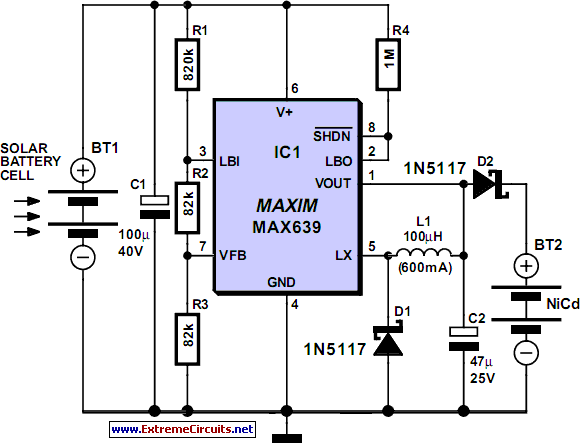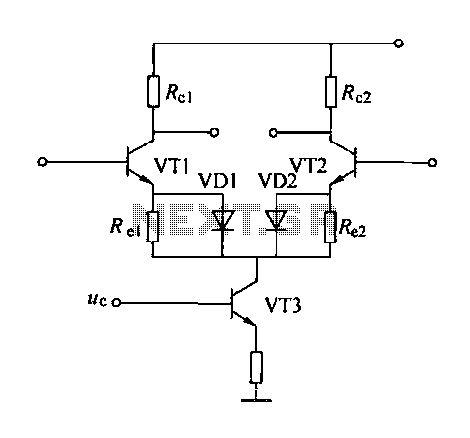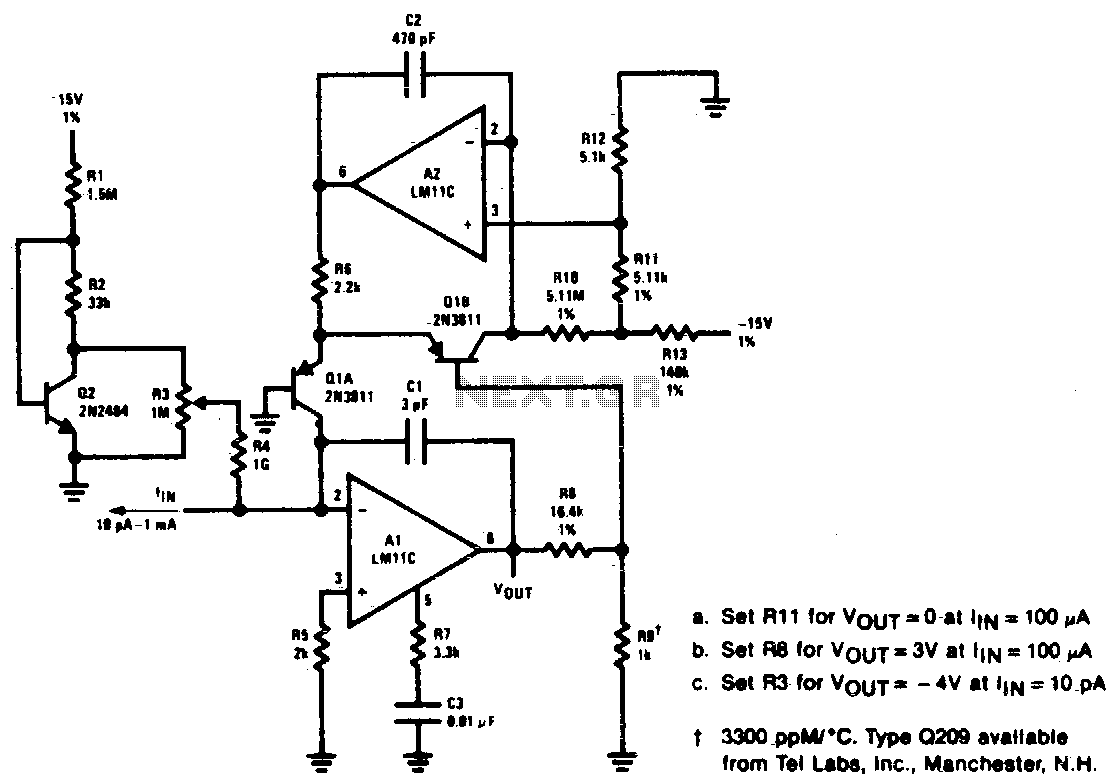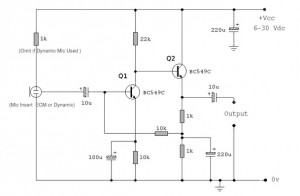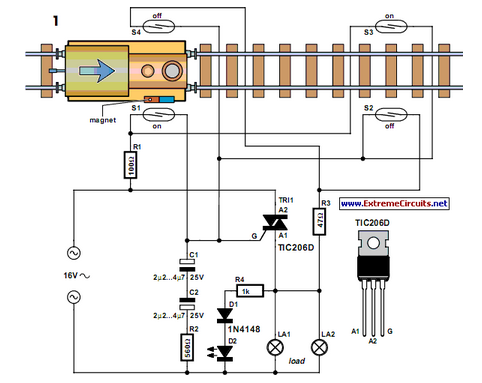
MOSFET Power amplifier
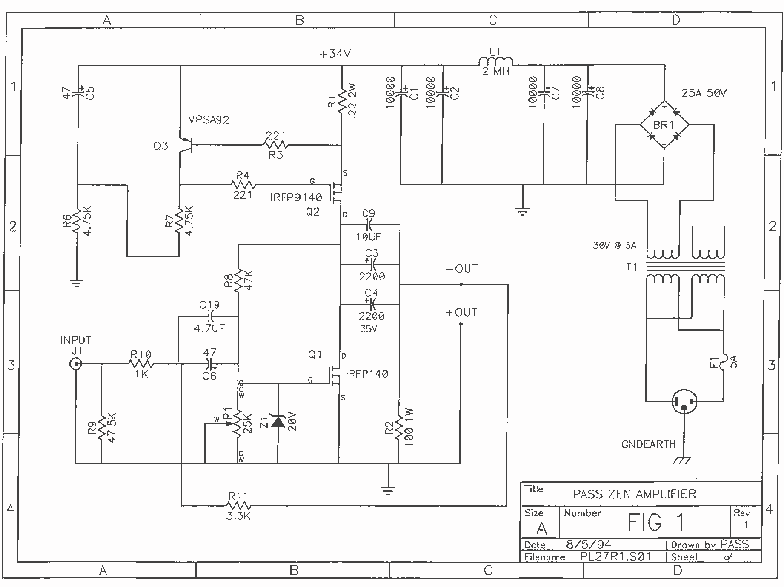
The Zen single-ended MOSFET amplifier was published by Nelson Pass in The Audio Amateur. In a subsequent issue of this magazine, Nelson slightly improved the original design. The "Revisited" version includes the following circuit modifications:
1. More extensive power supply filtering to eliminate hum (C-L-C filter, L1 in combination with C1, C2, C7, C8).
2. Even higher quiescent current (3 Ampere/channel, by lowering R1 from 0.33 to 0.22 Ohms).
3. A slight amount of negative feedback (via resistor R11) to improve damping factor and loudspeaker control.
The amplifier operates in pure Class A mode, which inherently generates significant heat due to the continuous conduction of current through the output stage. The design employs large heatsinks rated at 0.3 K/W, one per channel, mounted vertically on an open chassis for optimal ventilation. However, despite these measures, the amplifier experiences substantial thermal buildup, making the heatsinks too hot to touch after a short period of operation. This thermal issue poses a risk to the longevity of the MOSFETs and electrolytic capacitors.
To mitigate overheating, forced cooling has been implemented by attaching a powerful 12 V fan to each heatsink. These fans are powered by a separate 24 V DC supply, which is regulated using an LM317 integrated circuit. With the fans operational, the amplifier remains at a manageable temperature even after extended use, although it is recommended to position the unit in an open area to ensure adequate airflow. The fans, while effective, introduce additional noise, necessitating the placement of the amplifier away from the listening area.
The Zen amplifier is best suited for high-efficiency speakers with simple or no crossovers, as low-efficiency speakers with complex crossovers do not perform well with this type of amplifier. The sound signature of the Zen is characterized as warm and lush, with powerful bass and smooth reproduction of strings and vocals, reminiscent of classic recordings. This amplifier demonstrates a unique ability to produce pleasing sound quality, particularly with Baroque violins, which can often sound harsh on conventional solid-state amplifiers. The design and performance of the Zen amplifier offer a notable alternative to traditional tube amplifiers, appealing to audiophiles seeking a distinct sound profile.The Zen (single-ended MOSFET) amplifier was published by Nelson Pass in The Audio Amateur 1. In a subsequent issue of this magazine, Nelson slightly improved the original design 2. I decided to build the "Revisited" version with the following circuit modifications: 1. More extensive power supply filtering to eliminate hum (C-L-C filter , L1 in combination with C1,C2,C7,C8). 2. Even higher quiescent current (3 Ampere / channel, by lowering R1 from 0.33 to 0.22 Ohms). 3. Slight amount of negative feedback (via resistor R11) to improve damping factor and loudspeaker control.
My copy of the amp worked immediately, but not "without any flaw". Although I had used the largest heatsinks which I could obtain (0.3 K/W, one per channel) and had mounted these vertically on an open chassis to ensure proper ventilation, the amp ran EXTREMELY hot. After ten minutes of operation, one could not touch the heatsinks. Even the PCB became very hot due to thermal conduction. I began to feel the burden of TRUE class A operation.... Something had to be done about this, or the lifespan of the MOSfets and electrolytic capacitors would be very short.
Since I did not want the amp to become even larger and heavier than it already was, I decided to use forced cooling and mounted a powerful 12 V fan on each heatsink. The fans are series-fed from a separate 24V DC supply based on a LM317 i.c. With the fans in action, the amp does not get more than lukewarm even after several hours of operation.
But it should stand in the open to ensure the circulation of air. The movement of air by the fans generates a lot of noise. Thus, the amp must be far from the listening site (preferably in another room). But how does a Zen sound? Or, as Nelson Pass said: What is the sound of one transistor clapping”? When you have appropriate speakers: very good indeed. By "appropriate speakers" I mean: speakers with high efficiency and simple crossovers (or no crossover at all). Low-efficiency speakers with complex crossovers will not mate well with the Zen. Such speakers require a powerful push-pull amplifier (100 W or more) to sound decent. With the multimedia speakers in my attic, the Jericho horns in my living room and with Stax electret headphones, the Zen sounds great.
One could call it an "American sound" in the style of old recordings from the Philadelphia Orchestra: Warm, lush, powerful bass, sweet-sounding strings. Without artificial sibilants during reproduction of the human voice. Perhaps not the ultimate in refinement, but a VERY good result overall. Baroque violins which can sound harsh on solid-state equipment sound excellent on the Zen. Even ardent tube lovers (like myself) must admit that Nelson's Zen is something special. 🔗 External reference
1. More extensive power supply filtering to eliminate hum (C-L-C filter, L1 in combination with C1, C2, C7, C8).
2. Even higher quiescent current (3 Ampere/channel, by lowering R1 from 0.33 to 0.22 Ohms).
3. A slight amount of negative feedback (via resistor R11) to improve damping factor and loudspeaker control.
The amplifier operates in pure Class A mode, which inherently generates significant heat due to the continuous conduction of current through the output stage. The design employs large heatsinks rated at 0.3 K/W, one per channel, mounted vertically on an open chassis for optimal ventilation. However, despite these measures, the amplifier experiences substantial thermal buildup, making the heatsinks too hot to touch after a short period of operation. This thermal issue poses a risk to the longevity of the MOSFETs and electrolytic capacitors.
To mitigate overheating, forced cooling has been implemented by attaching a powerful 12 V fan to each heatsink. These fans are powered by a separate 24 V DC supply, which is regulated using an LM317 integrated circuit. With the fans operational, the amplifier remains at a manageable temperature even after extended use, although it is recommended to position the unit in an open area to ensure adequate airflow. The fans, while effective, introduce additional noise, necessitating the placement of the amplifier away from the listening area.
The Zen amplifier is best suited for high-efficiency speakers with simple or no crossovers, as low-efficiency speakers with complex crossovers do not perform well with this type of amplifier. The sound signature of the Zen is characterized as warm and lush, with powerful bass and smooth reproduction of strings and vocals, reminiscent of classic recordings. This amplifier demonstrates a unique ability to produce pleasing sound quality, particularly with Baroque violins, which can often sound harsh on conventional solid-state amplifiers. The design and performance of the Zen amplifier offer a notable alternative to traditional tube amplifiers, appealing to audiophiles seeking a distinct sound profile.The Zen (single-ended MOSFET) amplifier was published by Nelson Pass in The Audio Amateur 1. In a subsequent issue of this magazine, Nelson slightly improved the original design 2. I decided to build the "Revisited" version with the following circuit modifications: 1. More extensive power supply filtering to eliminate hum (C-L-C filter , L1 in combination with C1,C2,C7,C8). 2. Even higher quiescent current (3 Ampere / channel, by lowering R1 from 0.33 to 0.22 Ohms). 3. Slight amount of negative feedback (via resistor R11) to improve damping factor and loudspeaker control.
My copy of the amp worked immediately, but not "without any flaw". Although I had used the largest heatsinks which I could obtain (0.3 K/W, one per channel) and had mounted these vertically on an open chassis to ensure proper ventilation, the amp ran EXTREMELY hot. After ten minutes of operation, one could not touch the heatsinks. Even the PCB became very hot due to thermal conduction. I began to feel the burden of TRUE class A operation.... Something had to be done about this, or the lifespan of the MOSfets and electrolytic capacitors would be very short.
Since I did not want the amp to become even larger and heavier than it already was, I decided to use forced cooling and mounted a powerful 12 V fan on each heatsink. The fans are series-fed from a separate 24V DC supply based on a LM317 i.c. With the fans in action, the amp does not get more than lukewarm even after several hours of operation.
But it should stand in the open to ensure the circulation of air. The movement of air by the fans generates a lot of noise. Thus, the amp must be far from the listening site (preferably in another room). But how does a Zen sound? Or, as Nelson Pass said: What is the sound of one transistor clapping”? When you have appropriate speakers: very good indeed. By "appropriate speakers" I mean: speakers with high efficiency and simple crossovers (or no crossover at all). Low-efficiency speakers with complex crossovers will not mate well with the Zen. Such speakers require a powerful push-pull amplifier (100 W or more) to sound decent. With the multimedia speakers in my attic, the Jericho horns in my living room and with Stax electret headphones, the Zen sounds great.
One could call it an "American sound" in the style of old recordings from the Philadelphia Orchestra: Warm, lush, powerful bass, sweet-sounding strings. Without artificial sibilants during reproduction of the human voice. Perhaps not the ultimate in refinement, but a VERY good result overall. Baroque violins which can sound harsh on solid-state equipment sound excellent on the Zen. Even ardent tube lovers (like myself) must admit that Nelson's Zen is something special. 🔗 External reference
